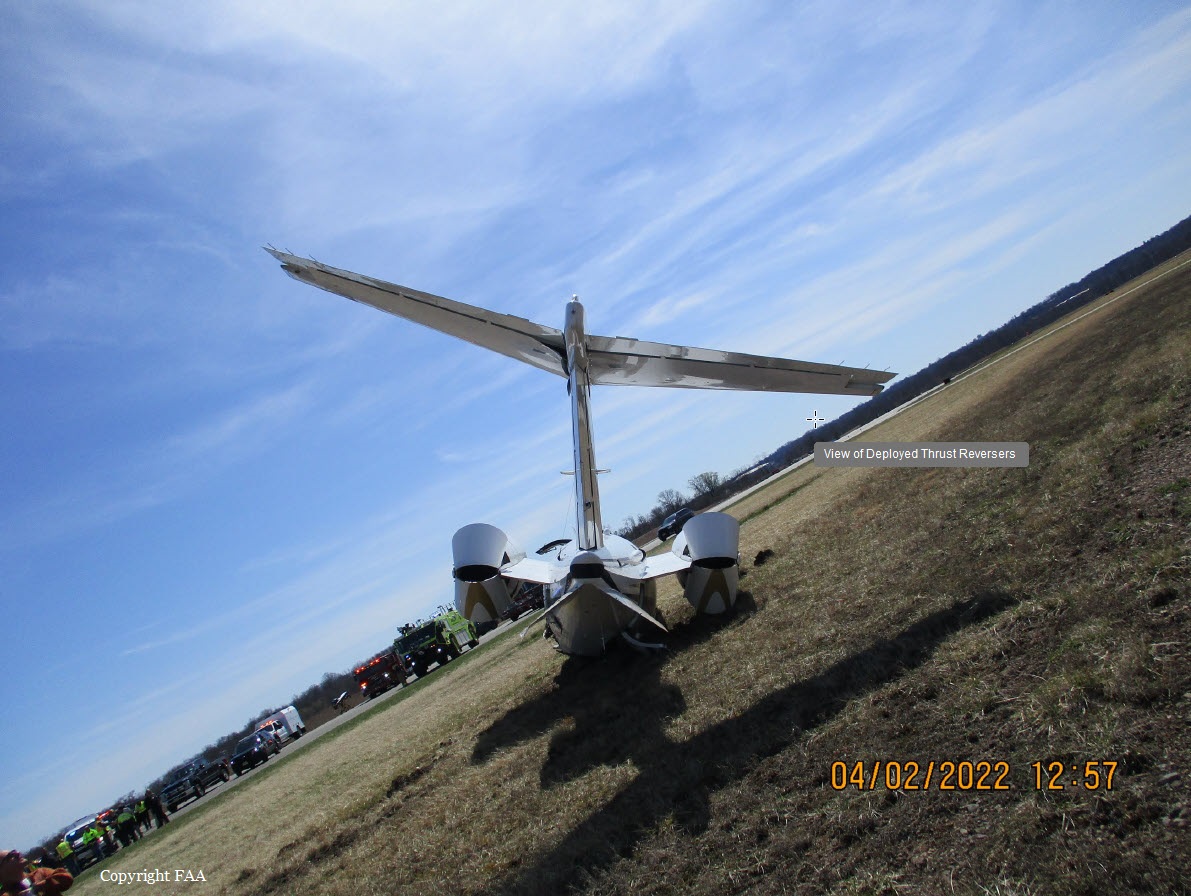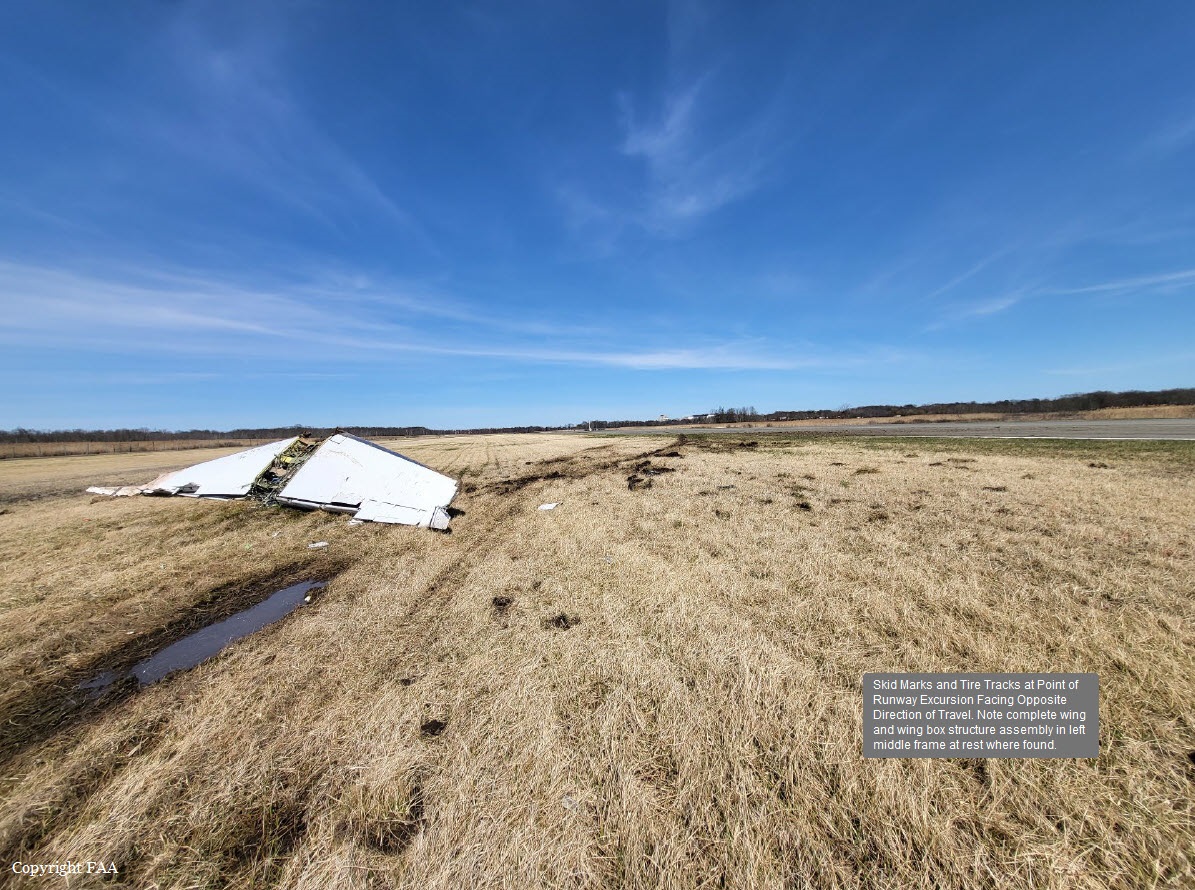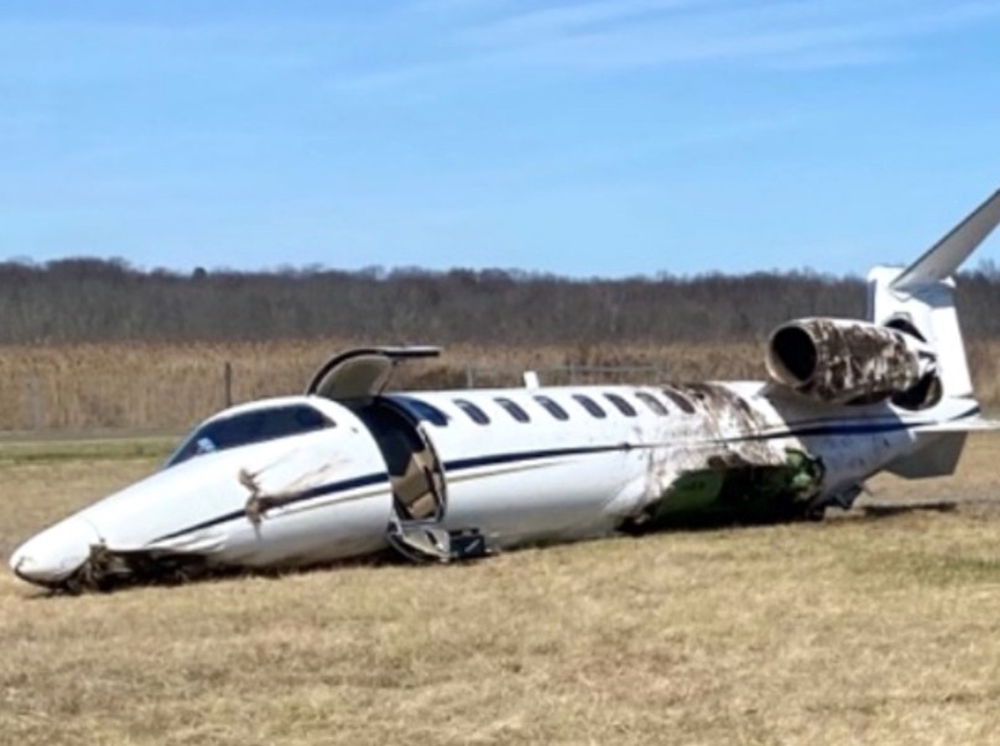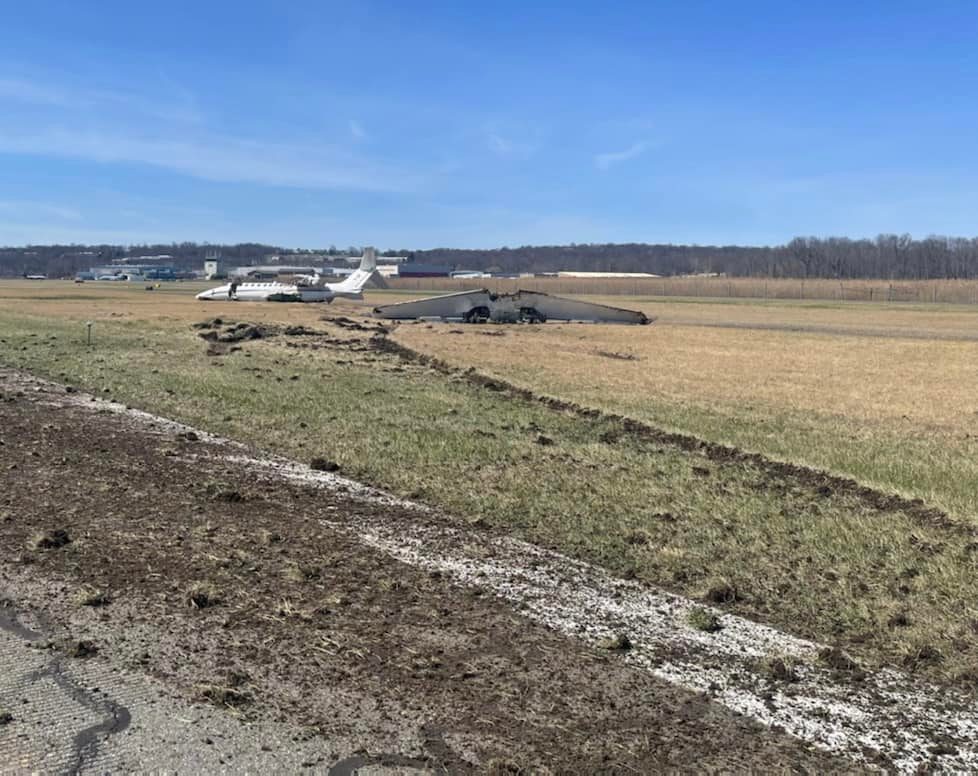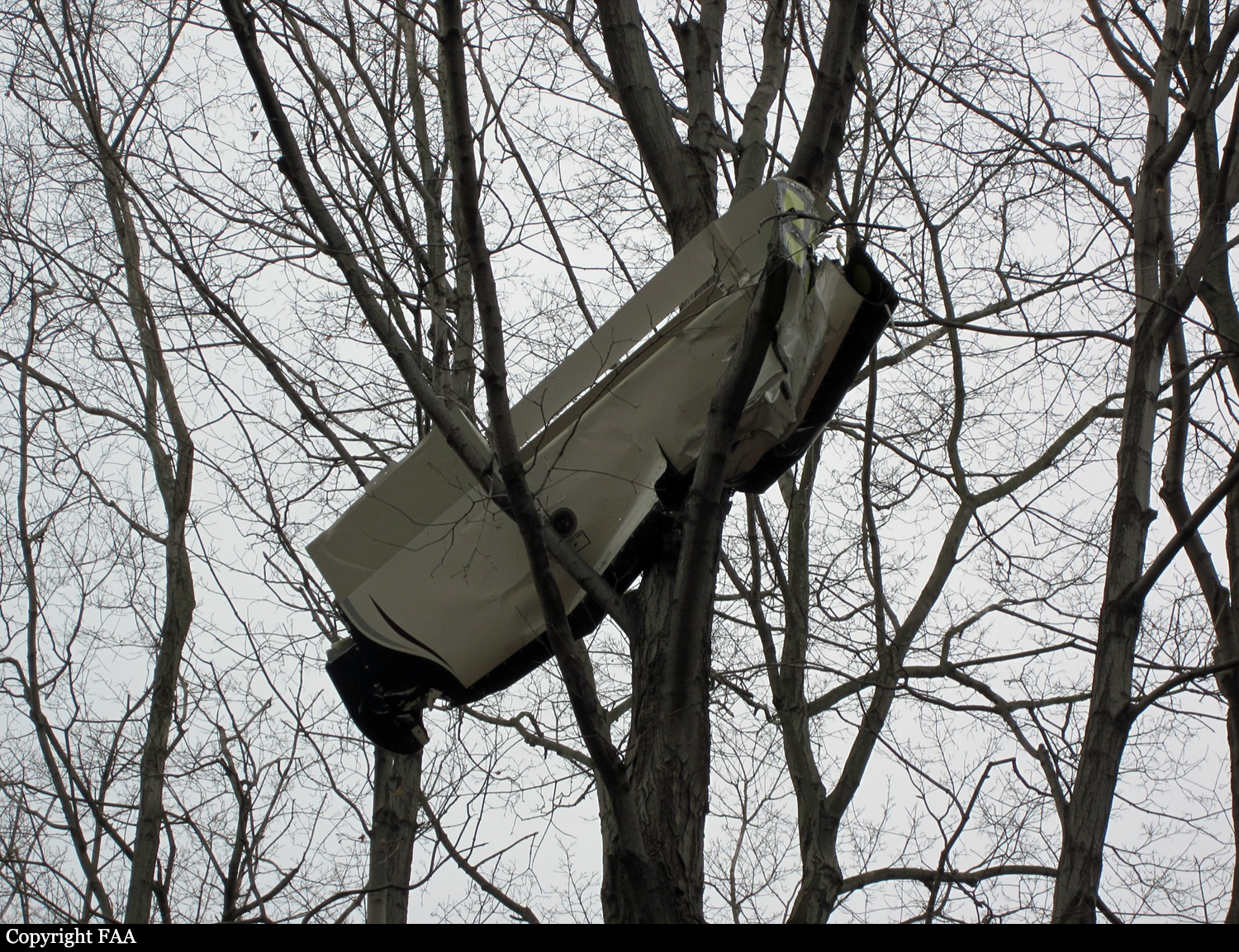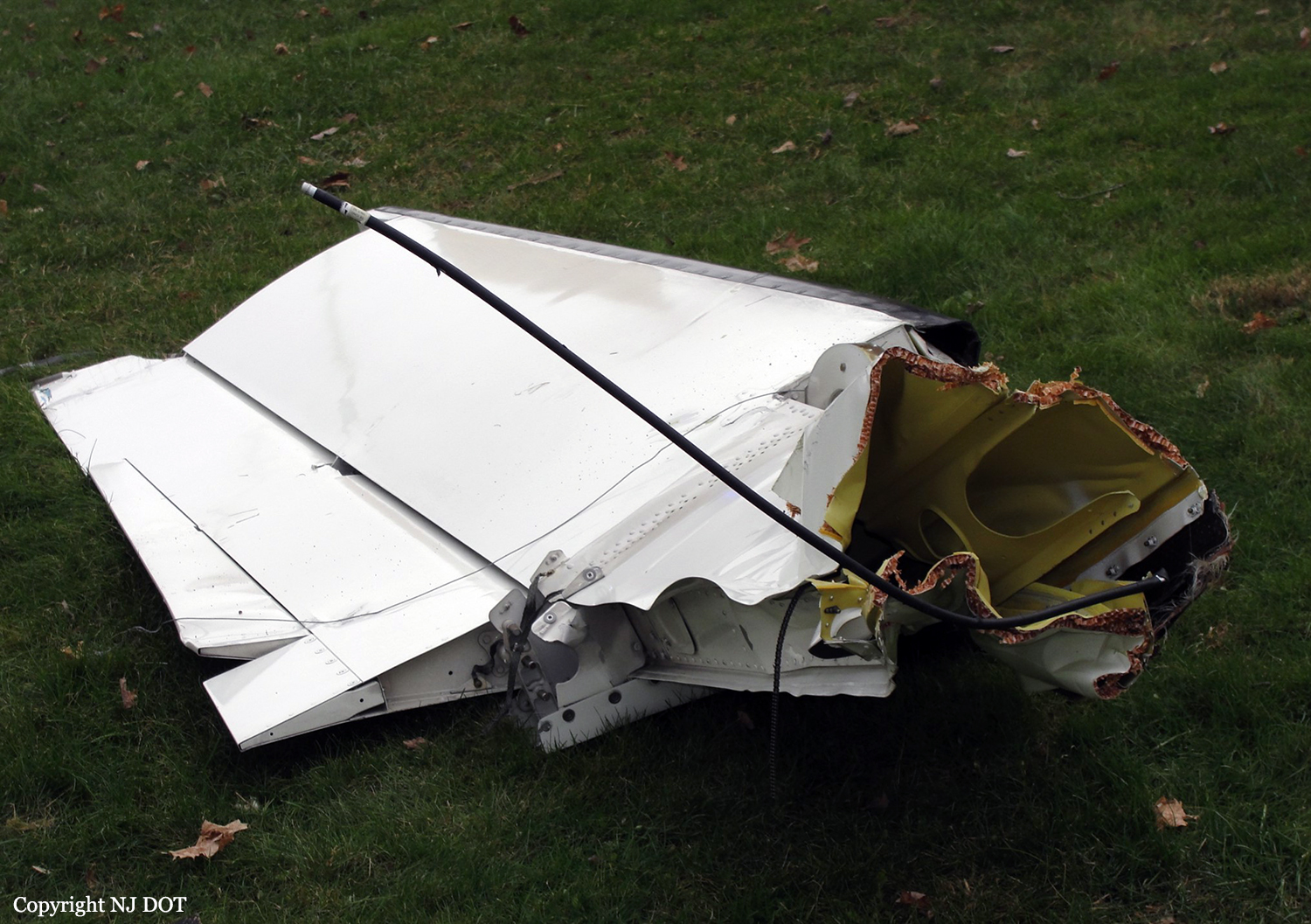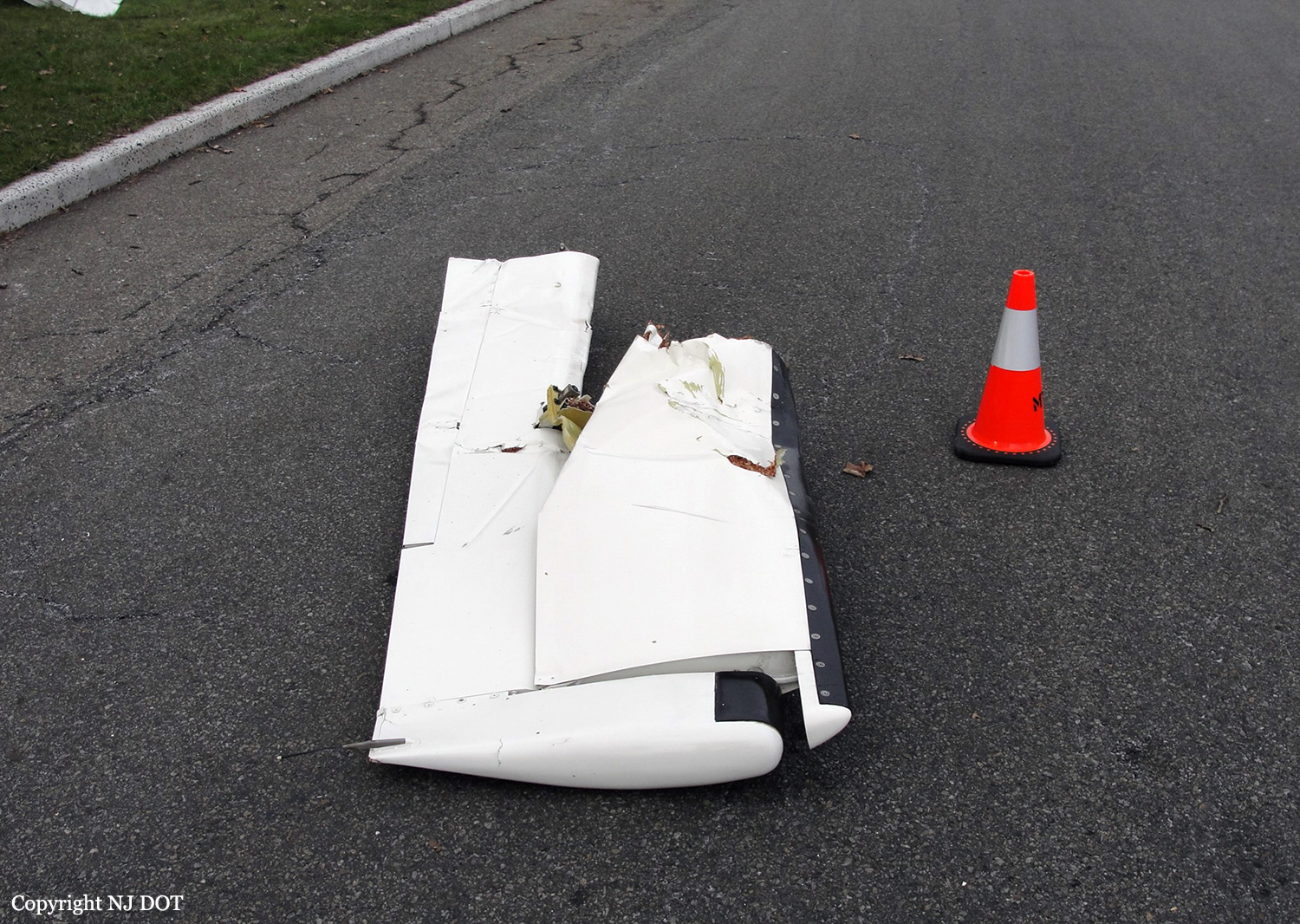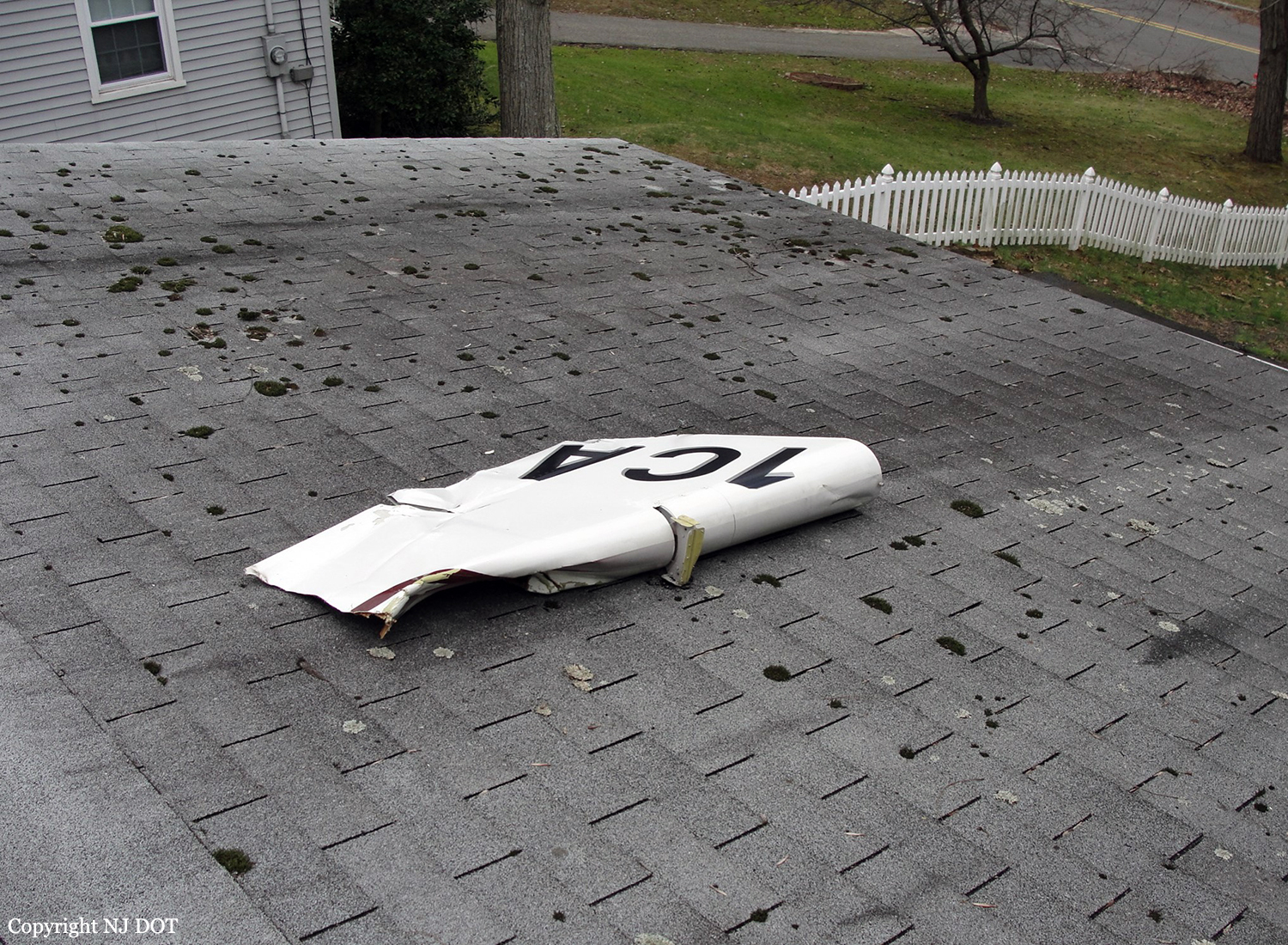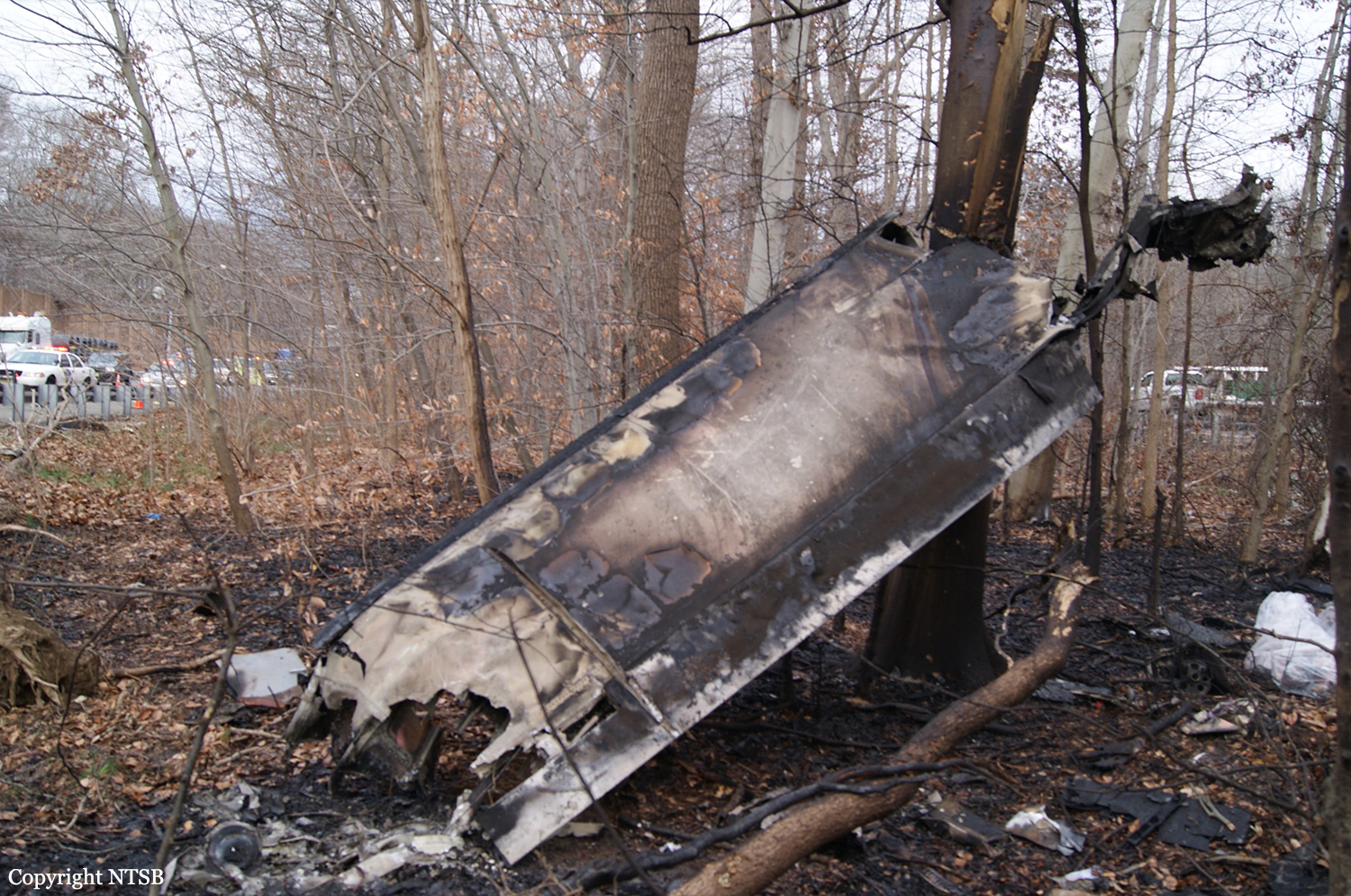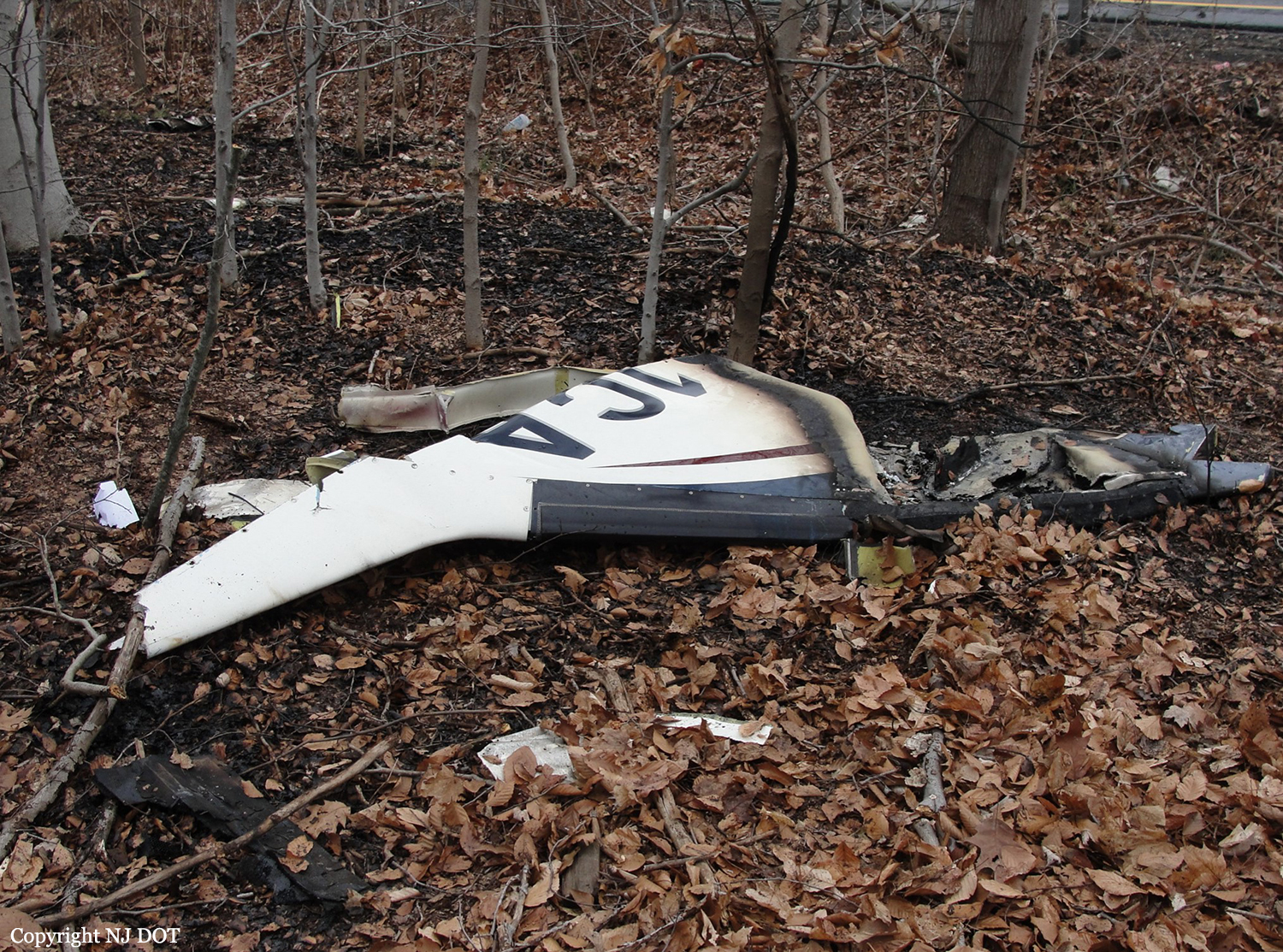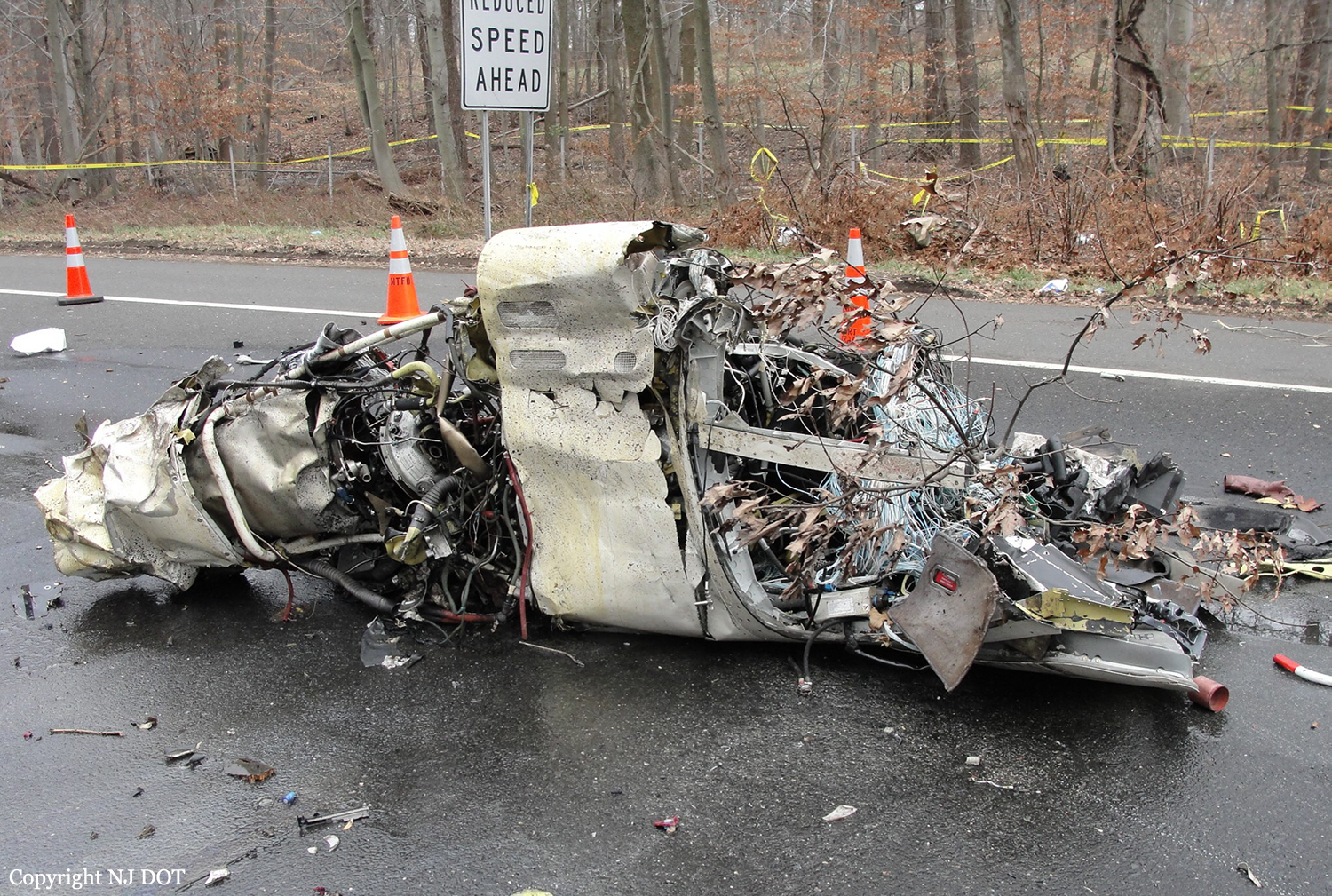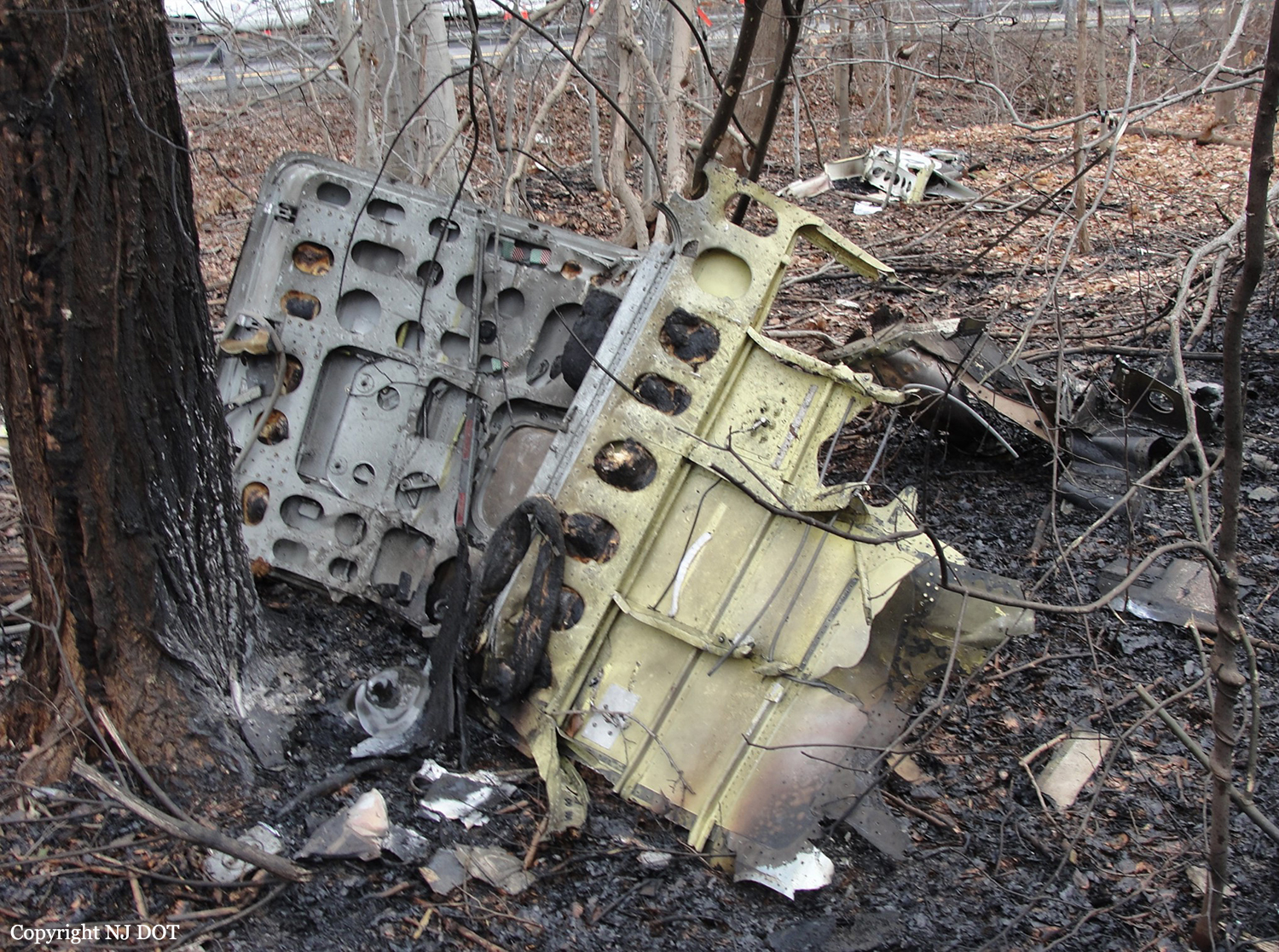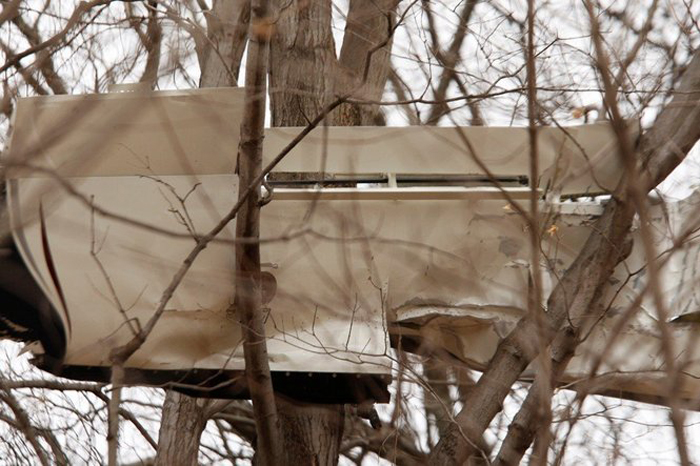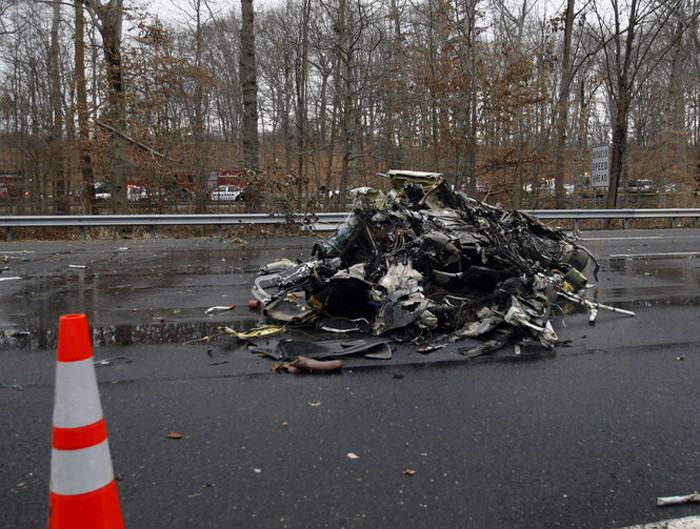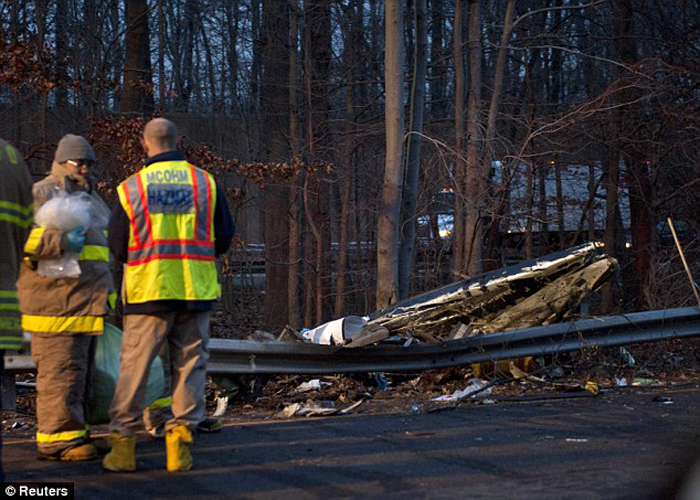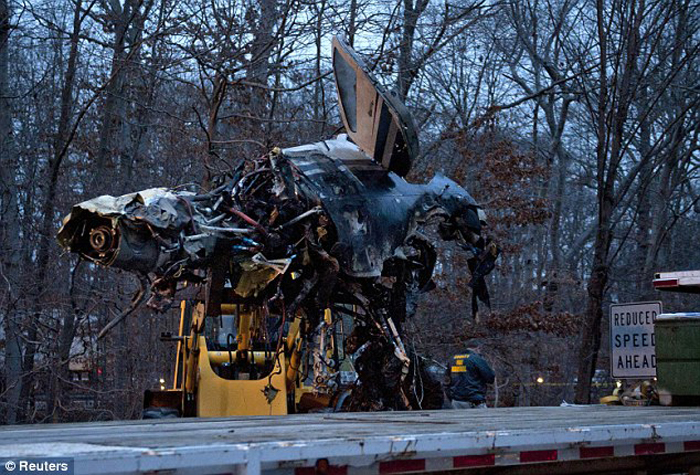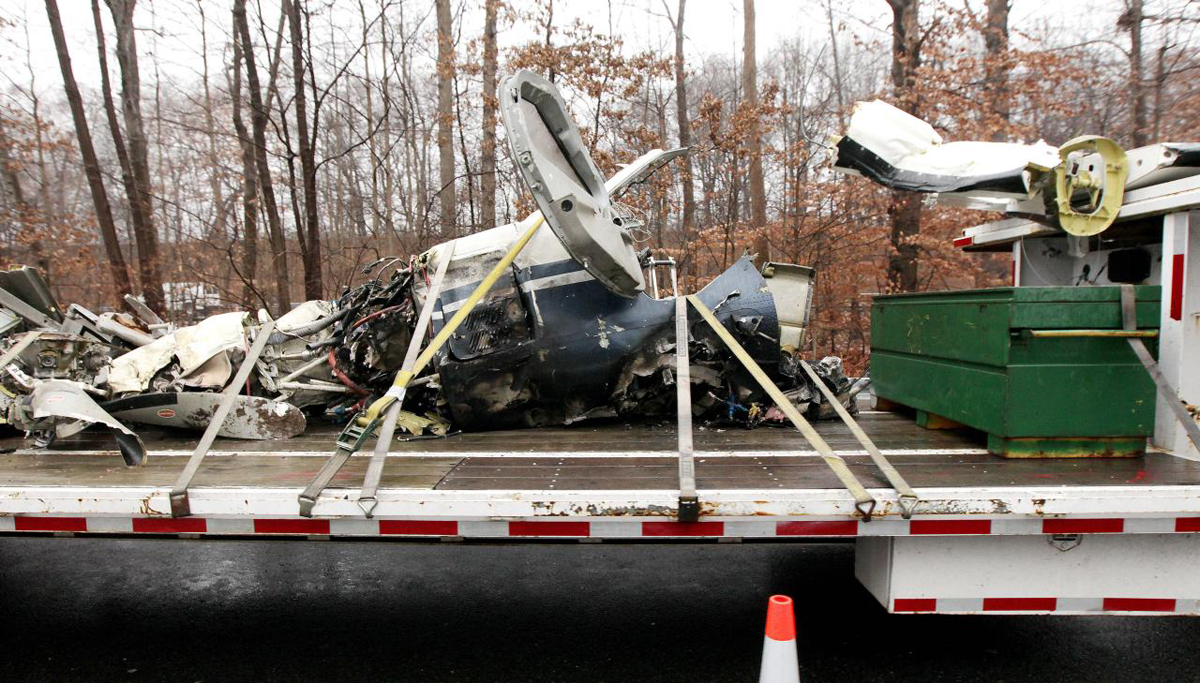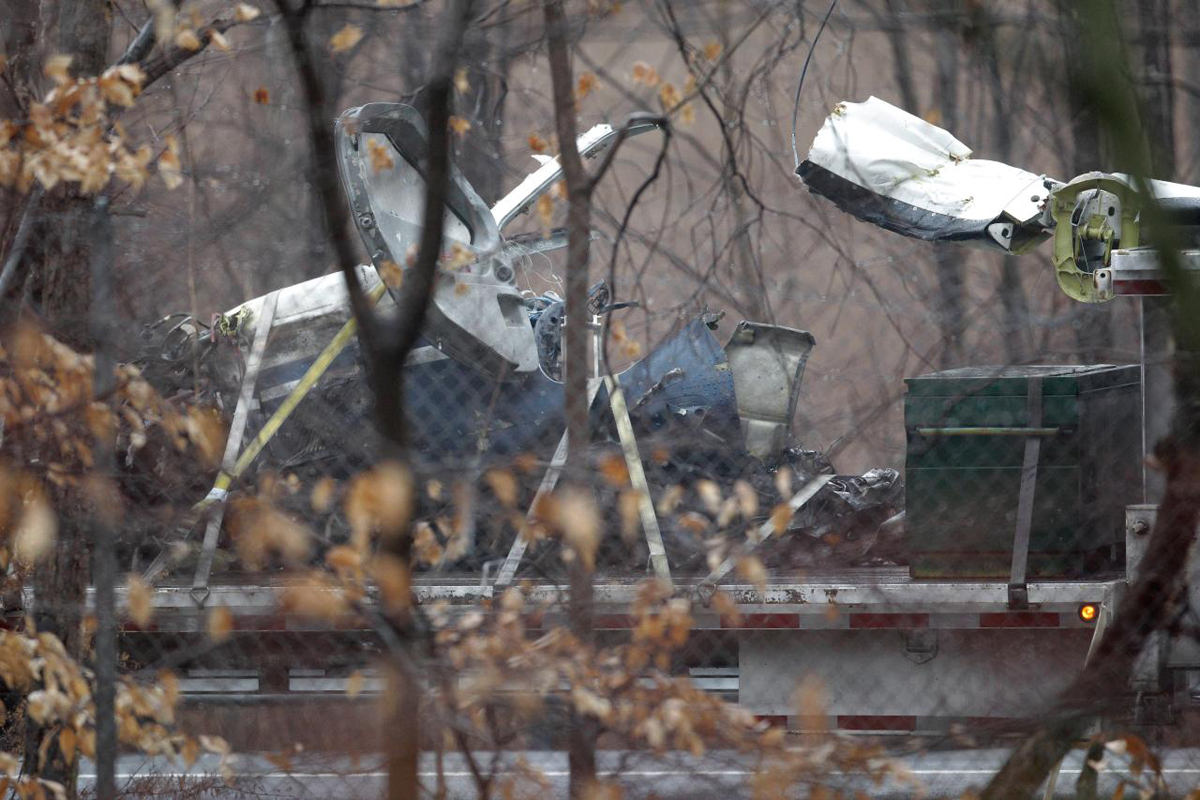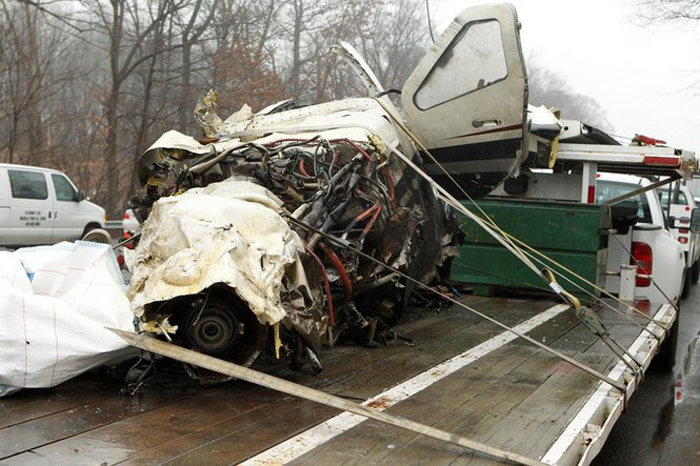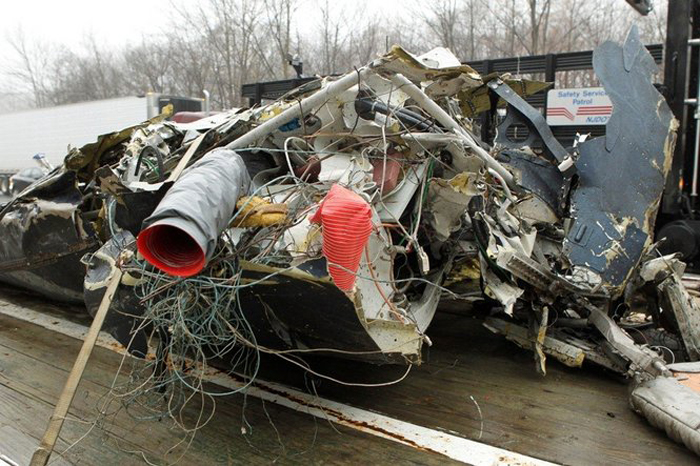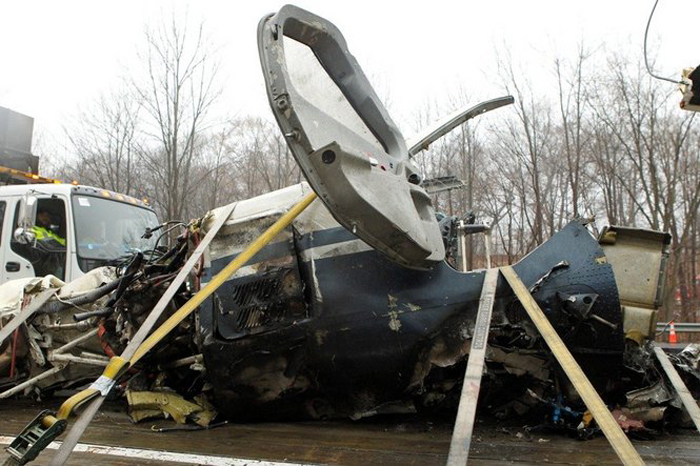Crash of a Learjet 75 in Morristown
Date & Time:
Apr 2, 2022 at 1119 LT
Registration:
N877W
Survivors:
Yes
Schedule:
Atlanta – Morristown
MSN:
45-496
YOM:
2014
Crew on board:
2
Crew fatalities:
Pax on board:
2
Pax fatalities:
Other fatalities:
Total fatalities:
0
Captain / Total hours on type:
1599.00
Copilot / Total hours on type:
5146
Aircraft flight hours:
3290
Circumstances:
The flight crew of the jet obtained weather information for the destination airport, which indicated quartering tailwind conditions for the runway in use at the time, with wind at 3 knots gusting to 16 knots. The crew determined the wind to be within limitations. The cockpit voice recorder transcript and airport surveillance video indicated that the landing approach was normal. The captain, who was the pilot flying, stated that, after touchdown, the thrust reversers were deployed and the airplane turned “sharply to the right.” He reported that remedial control inputs were ineffective in maintaining directional control. Airport surveillance video footage of the landing roll and accident sequence showed that, about 9 seconds into the landing roll, the airplane turned sharply to its right. The airplane departed the runway, its left wingtip struck the ground, the entire wing structure (left wing/right wing/wingbox) separated from the airplane as one assembly, and the fuselage continued a short distance before it came to rest upright. The thrust reversers on each engine were deployed and their extended positions were about equal. A windsock could be seen in the surveillance video footage nearly parallel to the ground, indicating nearly a direct crosswind to the landing runway that would have been towards the airplane’s right side. Recorded wind shortly after the accident was consistent with a 90° right crosswind for the landing runway at 6 knots with gusts to 14 knots. A detailed examination of the airplane and system components revealed that all flight control, steering, and braking systems and their actuator components operated as designed. Although the copilot's yaw force sensor did not meet manufacturer acceptance testing during post accident examination, this would not have affected the directional controllability of the airplane. Based on the available information, it is likely that the pilot’s compensation for the crosswind conditions was inadequate, which resulted in a loss of directional control and runway excursion.
Probable cause:
The captain’s inadequate compensation for crosswind conditions, which resulted in a loss of directional control.
Final Report:

